Review by Chris Bauchle
Laurence Gonzales, author of Deep Survival, believes there is a very discoverable science behind the book’s subtitle: Who Lives, Who Dies, and Why. Through his story telling ability and real-life case studies, Laurence details the psychological and physiological dynamics that impact survivability. How can an F-18 pilot repeatedly land on the deck of an aircraft carrier without incident, but an Army Ranger die unnecessarily in a guided commercial rafting trip? The book is packed with a variety of lessons learned and best practices applicable to the fire service.
Deep Survival begins by describing how accidents happen. How do innocent and seemingly unrelated events align to produce disastrous results? It begs the question, why has the fire service averaged 100 line-of-duty deaths per year for decades? What’s preventable and what can be chalked up to fate or bad luck? As long as firefighters are fighting fires, especially aggressively and from the interior, line-of-duty deaths and near-misses are going to occur. This book provides insight into how to control the risk factors we can control, how to prepare for the risk factors we can’t control, and how to ensure we are not creating risk factors that impact survivability for ourselves and those around us.
Laurence examines the mental models we’ve each established through training and past experience – the cerebral bookmark or gut feeling we have for what needs done in a particular situation. For example, forcing the front door to a residence and finding low velocity smoke banked to the floor should quickly conjure up the mental model of a basement fire. As firefighters, accidents happen when we apply inaccurate mental models to unfamiliar situations or when we have no bookmark at all for a situation. Developing appropriate mental models is a factor we are largely in control of through training.
The book delves into the mindset required for combating factors we cannot control. By studying the body’s instinctive fight-or-flight response to stress, we can begin to make the physical and psychological realm of high risk/low frequency events charted territory. A firefighter may not be able to control the fact that they’ve fallen through a floor, but they can control their breathing, the quality of the mayday they call, and the never quit mentality essential for survival. Deep Survival investigates true stories with numerous examples of what truly happens in life-or-death situations when our emotional brains take over, our nervous system fires energetically, and a variety of chemicals flood our bodies to put it in a high state of readiness for whatever needs done.
Laurence also details the gradual process by which unacceptable and unnecessary high-risk behavior becomes acceptable. Known as the normalization of deviance, readers are shown the risk factors we create through complacency within ourselves, our crews, and our fire departments as a whole. Laurence writes, “If you’ve tallied a lot of experience in dangerous, iffy environments without significant calamity, the mental path of least resistance is to assume it was your skill and savvy that told the tale.” Translation: If you’ve tallied a lot of experience on the fire ground without being involved in a mayday situation, the mental path of least resistance is to assume that it’s because you’re a good firefighter – when really you may just be lucky. Deep Survival provides an opportunity for a candid and honest assessment of a firefighter’s preparedness for that once or twice-in-a-career event.
Deep Survival offers fascinating perspective on how our brains works and delivers cold, hard truths regarding human nature and survival. Examples are oceans apart and centuries divided, but Laurence shows incredible similarities among those who have survived extreme circumstances and among those who haven’t. This book is a must-read for military members and public safety professionals, making it especially relevant for combat-ready firefighters.
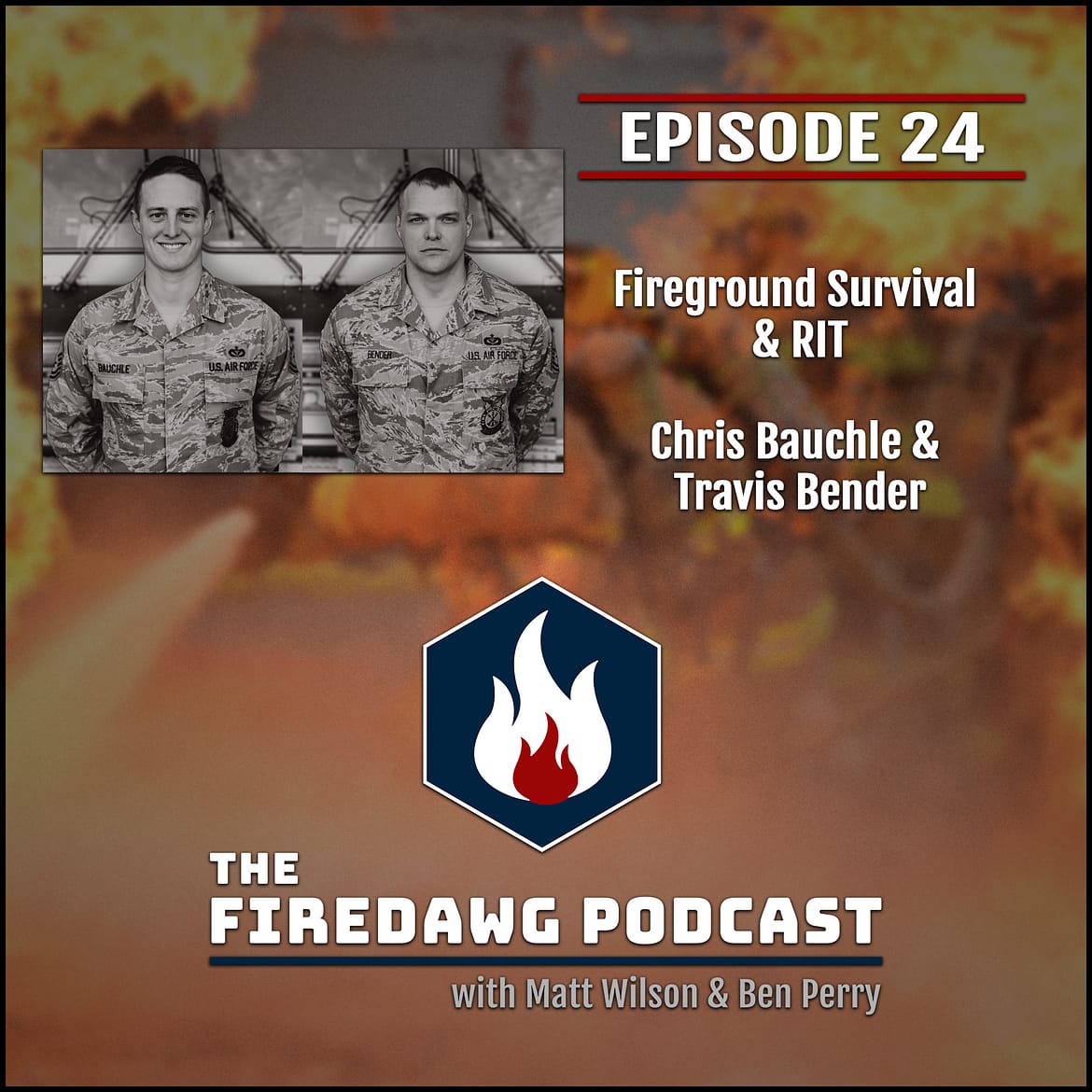




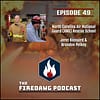

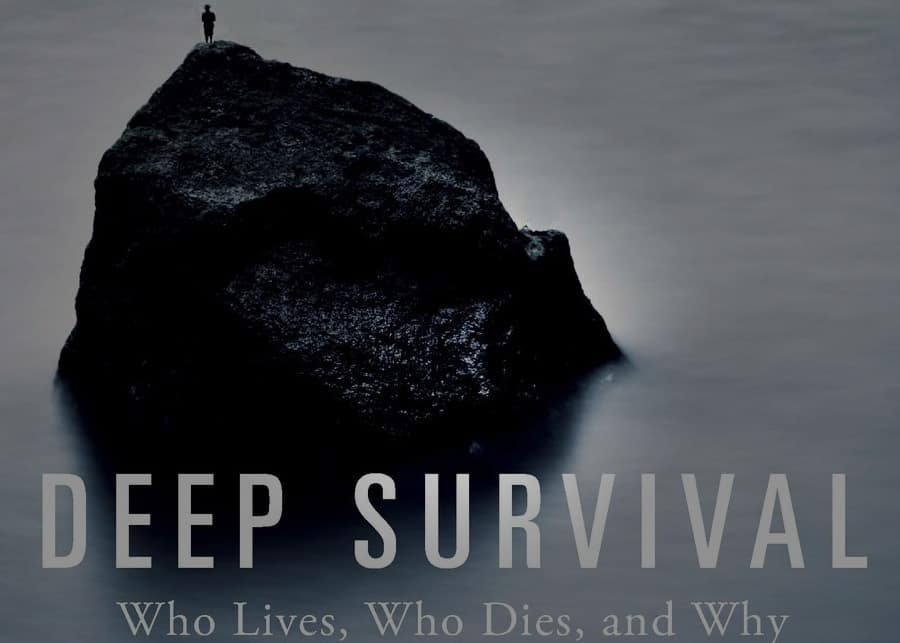
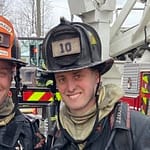

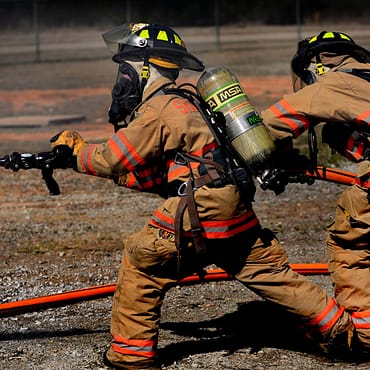
Post comments (0)